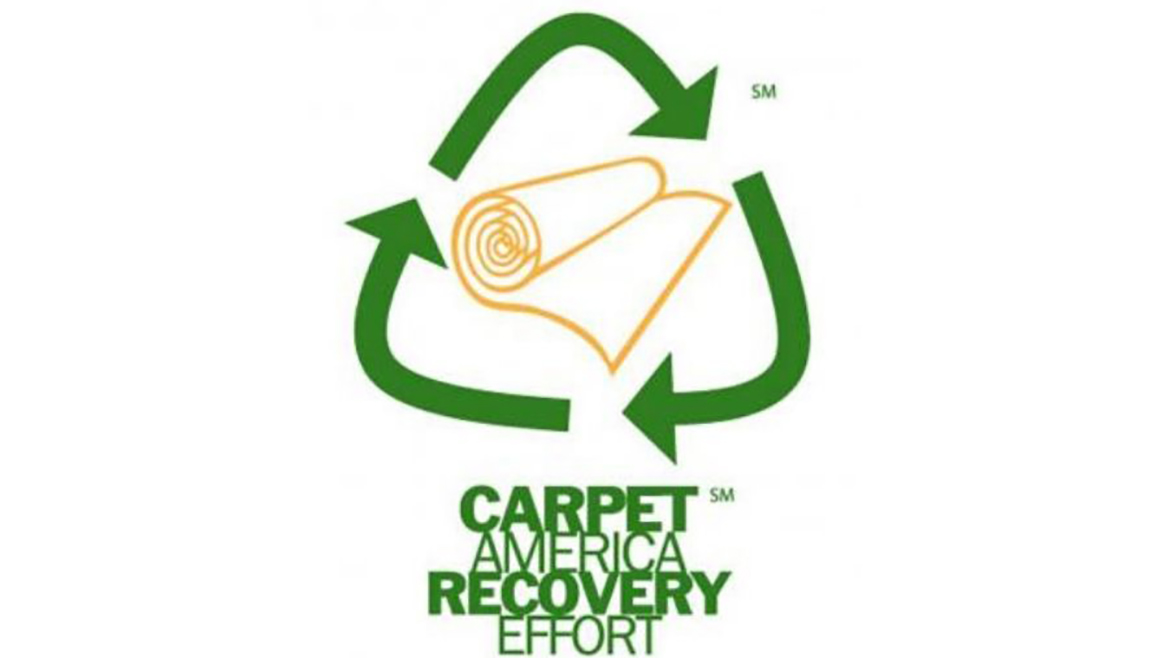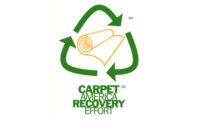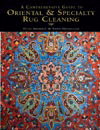Carpet America Recovery Effort (CARE) is pleased to announce that the California Carpet Stewardship Program has achieved a carpet recycling rate of 33 percent for 2022. This far exceeds the 27 percent goal set in the Program’s Five-Year Plan, and the California carpet recycling rate has more than tripled since 2015.
In addition to the recycling rate performance, in 2022 for the first time in its 11-year history, the California Carpet Stewardship Program achieved or surpassed all of the Program’s annual goals, including:
- Meeting the carpet reuse goal of two million pounds.
- Achieving 76% recycling efficiency rate, passing the goal of 75%. Recycling efficiency refers to the amount of collected carpet that is transformed into recycled products or feedstock.
- Supporting 131 public drop-off sites with at least one in every California county, in addition to the over 200 private sites across the state.
- Increasing public drop-off site carpet collection by 33% over 2021.
- Supporting some 100 products made from recycled-carpet material.
CARE Executive Director Bob Peoples hailed the success in the face of multiple challenges.
“Less than two years ago, we were in jeopardy of losing the critical carpet recycling infrastructure that had been built by our hard-working and creative recyclers," said Peoples. "As a result of CARE’s Emergency Covid Action Plan implemented in April 2020, the Program not only survived, but this amazing growth was made possible. This is thanks to the amazing group of passionate recyclers and a dedicated CARE staff working in partnership.”

Carpet can be recycled when properly prepared and brought to a drop-off site that takes carpet for processing and recycling. The challenge is capturing the carpet for recycling before it goes to landfill. The California Carpet Stewardship Program works to increase collection of carpet by enabling and encouraging carpet collection from homeowners, contractors, retailers and collector/sorters. CARE also supports the development of markets for recycled carpet material, which is now included in a variety of products, including automotive parts, house trim and siding, insulation, accessibility ramps, even bullet-resistant walls and doors.
For more recent articles on CARE, click here.







.jpg?t=1690771780)

